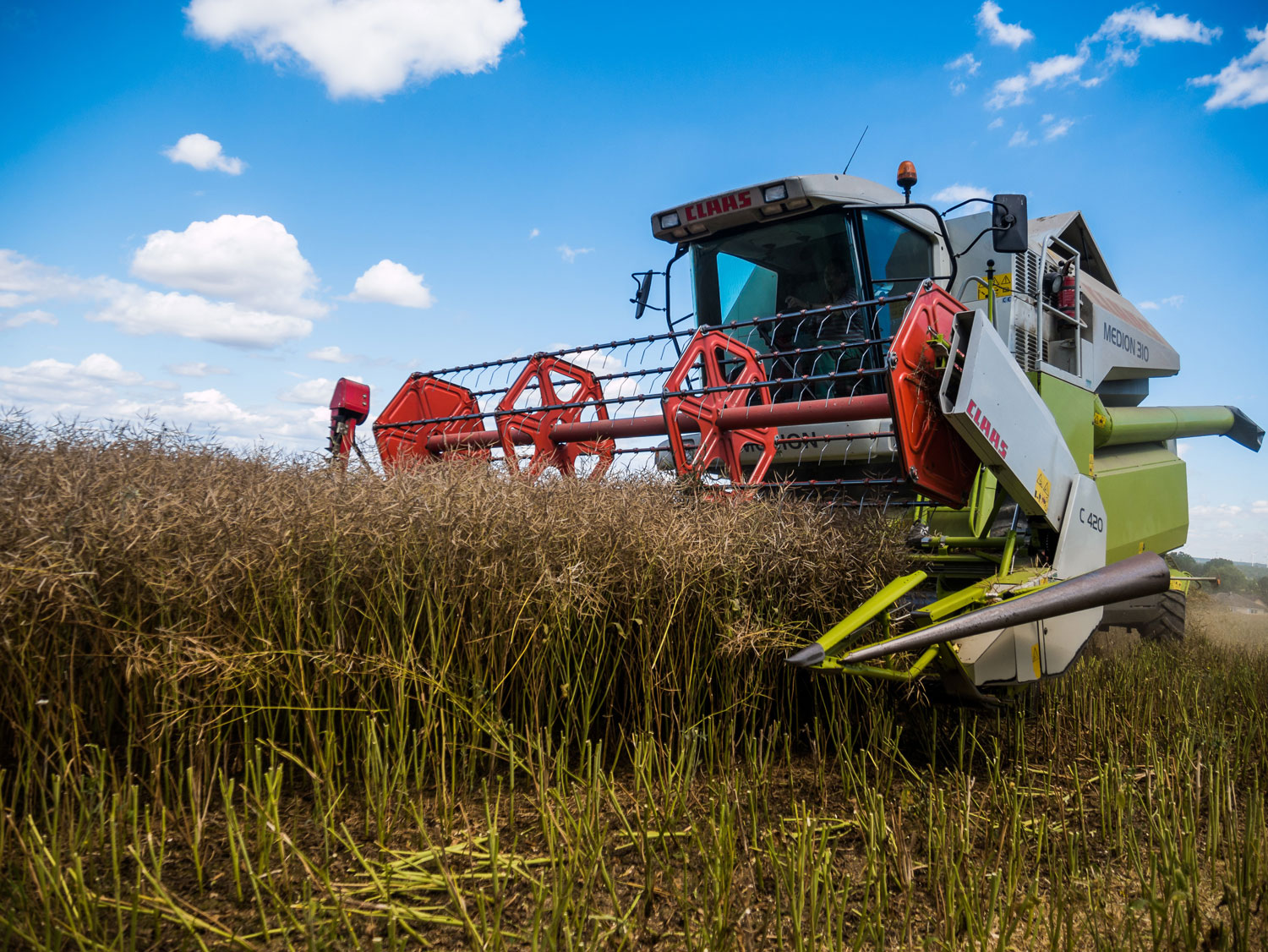TV presenter’s snack-related slip leads us to look at what farmers and landowners should do to minimise the risk to health and safety on their land.
Never one to err on the side of caution, it was probably of no surprise to anyone that Jeremy Clarkson managed to slice off half his thumb in the latest series of Clarkson’s Farm.
In an attempt to make use of his surplus potatoes, he decided he would diversify and make crisps. Not having the right equipment didn’t bother the presenter turned farmer and he set to using a hand-held mandolin, joking how easy it would be to slice a finger off. Only moments later, you guessed it, he nastily cut into his thumb.
After having it stitched back together in hospital he added: "It’s interesting that the only proper injury I’ve sustained in farming – a long-lasting one – was actually from cooking, rather than farming.”
It’s a faintly humorous incident, but it does highlight the serious point the importance of health and safety measures on farms, particularly when using equipment.
It is grim fact that agriculture has by far the worst record for accidental fatalities of any major sector – with the Health and Safety Executive reporting 25 fatal incidents in agriculture, forestries and fishing during the year 2021/22.
So, what should farmers do to mitigate potential dangers?
Farms and rural businesses are especially vulnerable to incidents because of the presence of heavy machinery and livestock, and the manual nature of much of the work. The HSE says the biggest risks causing fatalities are, being struck by moving vehicles or by falling objects such as trees and falls from height. Non-fatal accidents are most commonly caused by handling, lifting or carrying; slips, trips and falls on the same level; and being struck by moving objects.

Clarkson’s attempt at renovating an outbuilding by being lifted in the bucket of a digger should surely be another case in point of what not to do.
Farmers are advised to draw up a Health and Safety Policy – but as farms are all different there is no ‘one size fits all’ solution to H&S.
Thinking about the dangers present in every area of your farm or rural business, and at every stage of your processes, will help identify risks so you can minimise them.
Consider the responsibilities of the people who work with you, and the procedures in place for ensuring the health and safety of your teams. People should know how they should act if they see a problem on site. The policy should also acknowledge that ultimate responsibility for health and safety lies with you as the employer.
And just having a policy in place isn’t enough – it must be communicated to and understood by employees.
For new staff, this should be part of the onboarding process, and everyone should be regularly reminded of the policy, especially when it is updated to reflect changes such as new potential hazards or working practices.
It’s also important to listen as well as talk. People who are on the front line may be able to report potential dangers back to you or suggest improvements to working practices that could protect their safety.
Regular risk assessments, especially when introducing new processes, are vital. Ensure that objectives and standards are regularly communicated and that managers and those who are responsible for delivering them understand why they are being set.
Finally, and unlike Mr Clarkson, seek advice to assess whether your policies and systems are fit for purpose. If mistakes are made, learn from them and retrain staff or update policies in response.
It’s important to remember, too, that standards and legislation around health and safety are constantly evolving. If in doubt, always take advice from a specialist.
The Thrings Agriculture team has been chosen by the NFU to act for its members in more counties than any other firm. Find out more about how we can support farmers, food producers and rural communities on our Information for Farmers page.

Clarkson’s Conundrums are legal comments highlighting the issues farmers faced raised in Clarkson’s Farm. Thrings has no association with Jeremy Clarkson or Clarkson’s Farm and the comments made in this article are not endorsed by the show.


